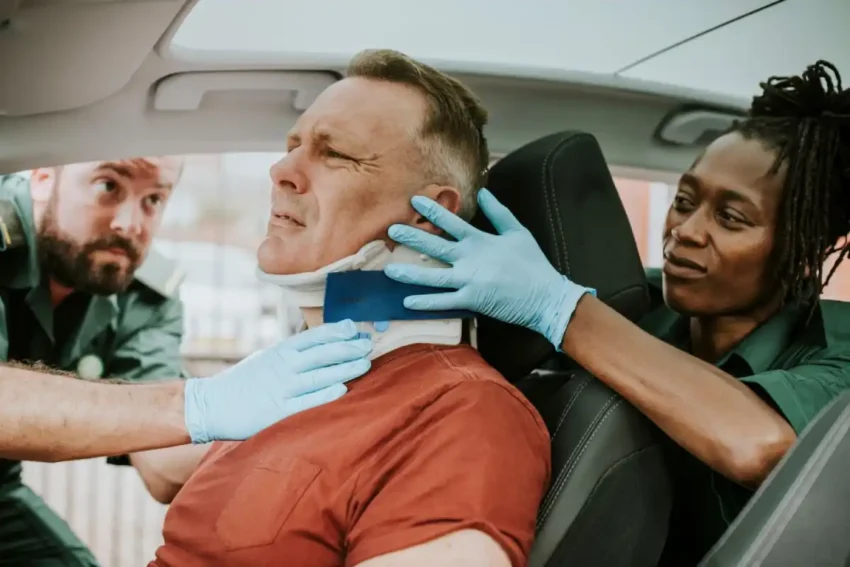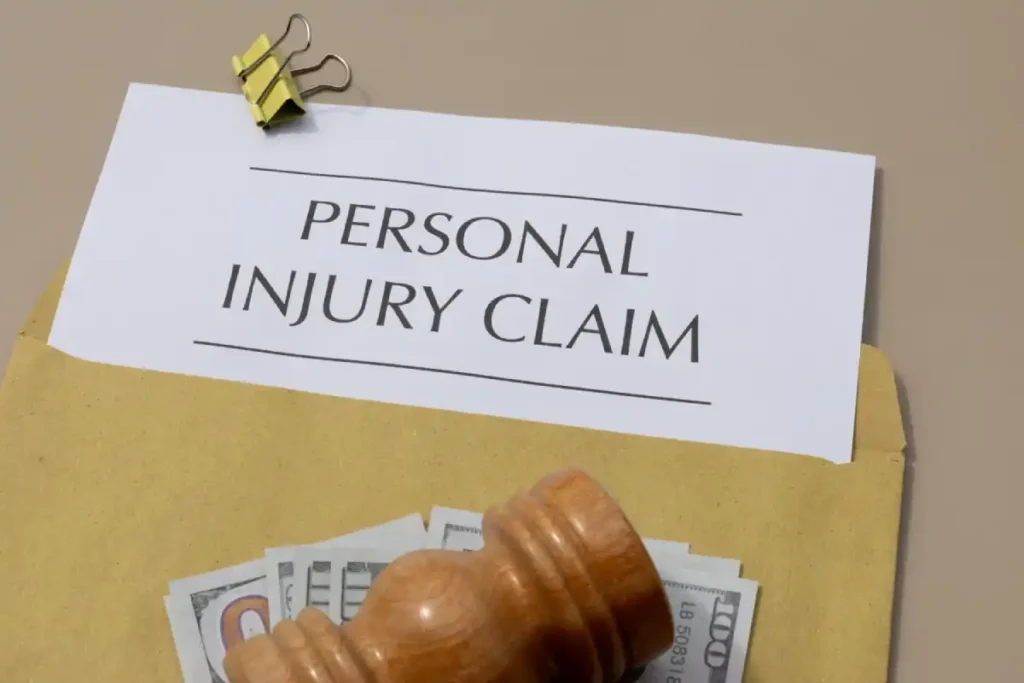The Connection Between Car Accident Injuries And Compensation Claims

A car accident is a sudden and violent event that can alter the course of a person’s life in an instant. Beyond the immediate shock and property damage, the physical injuries sustained form the very foundation of any subsequent legal action for compensation. The nature, severity, and long-term impact of these injuries are directly correlated to the value and complexity of a compensation claim. Understanding this intrinsic connection is crucial for anyone navigating the aftermath of a collision, as it underscores why a thorough and evidence-based approach to documenting injuries is paramount.
Here’s the connection between car accident injuries and compensation claims:
Contents
The Direct Link: Medical Expenses and Economic Damages
The most straightforward connection between injuries and compensation lies in economic damage. These are the tangible, out-of-pocket costs incurred as a direct result of the accident. Some economic damages include:
- Emergency and Ongoing Medical Care: This includes ambulance fees, emergency room treatment, hospital stays, surgeries, diagnostic imaging (X-rays, MRIs), and medications. As treatment progresses, costs for physical therapy, chiropractic care, and specialist visits are included.
- Future Medical Expenses: For severe injuries, the financial impact extends far into the future. A claim may seek compensation for anticipated costs of future surgeries, long-term rehabilitation, assistive devices, and ongoing prescription needs. The valuation of these future costs typically requires expert testimony from medical professionals.
- Lost Wages and Earning Capacity: Injuries frequently prevent a person from working. Compensation can be sought for income lost during recovery. More significantly, if an injury results in a permanent disability that limits one’s ability to perform their job or reduces their future earning potential, the claim must account for this substantial long-term loss.
The strength of this link depends entirely on meticulous documentation. Every medical visit, treatment, and prognosis must be recorded by healthcare providers and correlated to the accident. However, for individuals seeking to understand their rights and the potential value of their case through economic damages, consulting an experienced attorney for injury cases in San Fernando or similar locations can provide essential guidance and clarity.
The Intangible Impact: Injuries and Non-Economic Damages
Beyond the calculable financial losses, car accident injuries can also cause significant non-economic damages, often referred to as “pain and suffering.” This category compensates for the physical and emotional toll of the injury. Some non-economic damages include:
- Physical Pain and Suffering: This encompasses the immediate agony of the injury, the discomfort of recovery, and any chronic pain that persists. The severity and duration of the pain can directly influence the compensation amount. A broken bone that heals cleanly is valued differently from one that causes lifelong arthritis.
- Emotional and Psychological Distress: The trauma of a collision can lead to conditions such as anxiety, depression, post-traumatic stress disorder (PTSD), and a pervasive fear of driving. These invisible injuries are just as real as physical ones and are a compensable element of a claim.
- Loss of Enjoyment of Life: When an injury prevents someone from doing the things and activities they once enjoyed, compensation can be sought for this diminished quality of life.
Quantifying non-economic damages is complex, as there’s no invoice for pain. Insurance companies and juries consider the severity of the injury, the length of recovery, and the testimony of the victim and their loved ones to assign a monetary value.
Severity and Permanency: A Critical Distinction
The type of injury sustained can dramatically shape the claim’s trajectory. Some different types of injury include:
- Soft-Tissue Injuries: Common injuries like whiplash, sprains, and strains are often considered “minor” by insurance adjusters, despite being painful. Because they may not appear on diagnostic tests, proving their extent and impact requires consistent medical treatment and clear documentation linking the symptoms to the accident.
- Broken Bones and Head Injuries: These are objectively more severe. A compound fracture or a traumatic brain injury (TBI) carries higher medical costs, a longer recovery period, and a greater risk of permanent impairment. Consequently, the potential compensation for these injuries is significantly higher.
- Permanent Disabilities: The most significant compensation claims arise from injuries that result in permanent disability, such as spinal cord damage leading to paralysis, severe brain trauma, or limb loss. These life-altering conditions necessitate compensation for lifelong medical care, 100% loss of earning capacity, and immense pain and suffering.
Establishing the permanency of an injury typically requires a definitive diagnosis and a physician’s statement regarding the long-term prognosis, often outlined in a detailed medical report.
The Role of Evidence in Connecting Injury to Compensation

A successful compensation claim is built on a foundation of evidence that irrefutably links the injuries to the accident. This evidence includes:
- The Police Report: This can provide an official account of the incident.
- Medical Records: These can serve as the primary source for diagnosing injuries, detailing treatment, and projecting future needs.
- Expert Witness Testimony: Doctors, vocational experts, and economists may be needed to explain the cause of the injury, its long-term effects, and the associated financial impact.
- Personal Journals: A daily log documenting pain levels, emotional state, and limitations can provide a powerful, subjective account of suffering.
Collecting these pieces of evidence is essential to determine the right compensation victims deserve to receive for their car accident injuries.
Key Takeaway
The connection between car accident injuries and compensation claims is inseparable and multifaceted. The injuries dictate the scope of economic losses, justify the award for non-economic damages, and determine the overall strategy for pursuing a fair settlement. By thoroughly understanding the information mentioned above, victims can ensure they receive the full and fair compensation necessary to support their recovery and secure their future.



